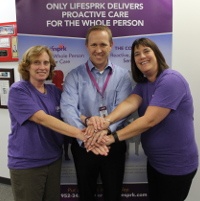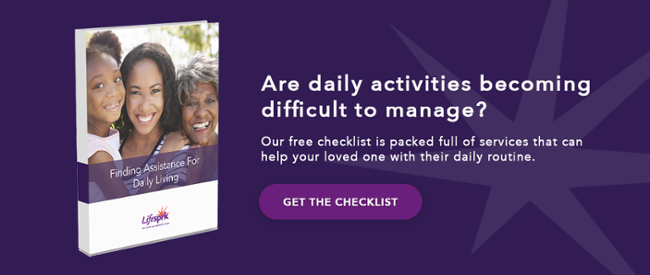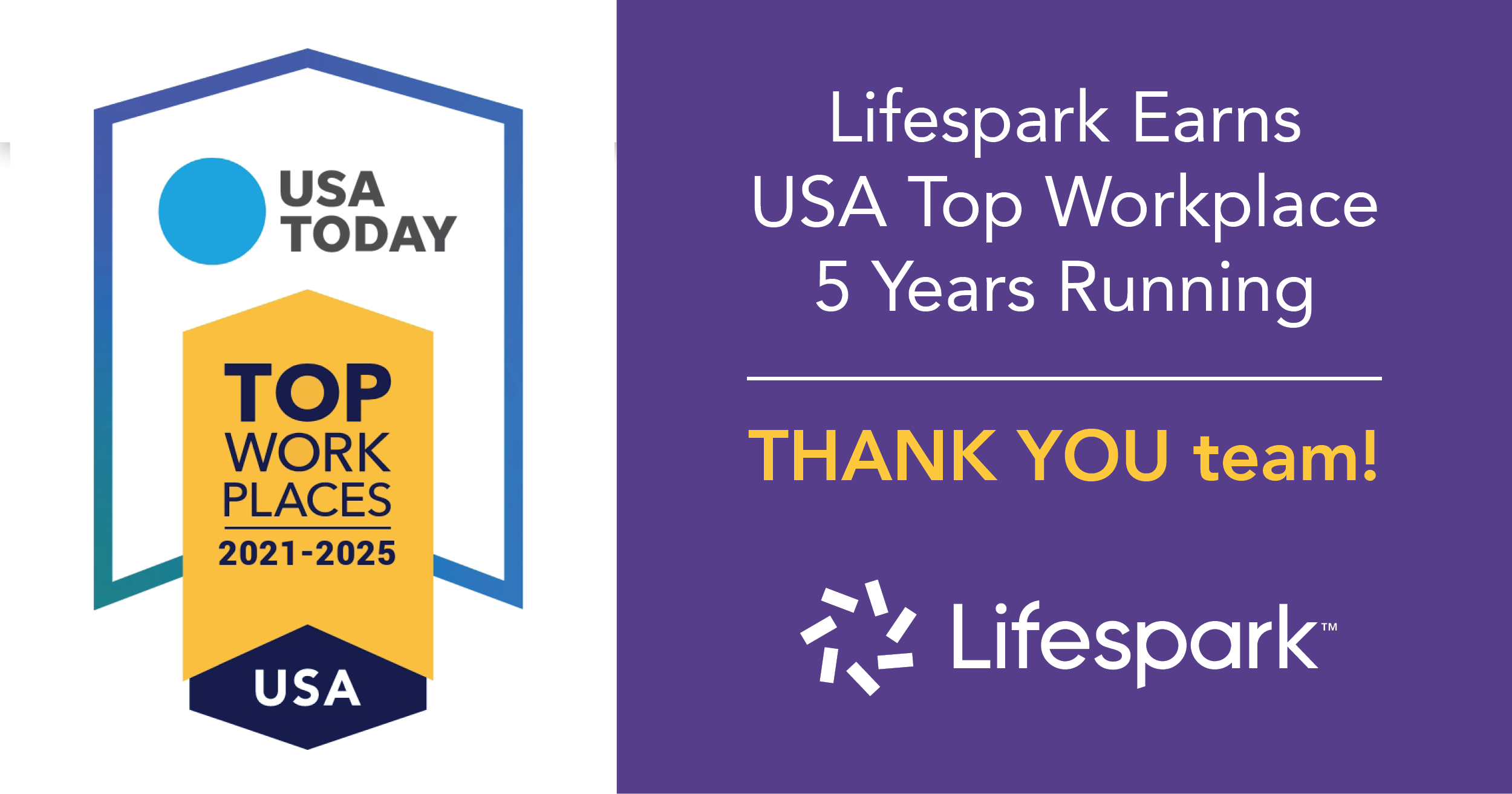
Angela Nelson, RN, Lifesprk Director of Life Care and a Life Care Manager (LCM) knows how seniors quickly become deconditioned after even just one health crisis, never mind several that send them in and out of the hospital. “At Lifesprk we call this this ‘the roller coaster of health care crisis®,’ and it’s our goal to prevent this from happening.”
Going home from the hospital with Medicare Home Health services gives many seniors the initial support they need to further recuperate at home. However, Medicare Home Health services are meant to be short-term and may typically last for just 30-45 days before seniors are discharged from those services. According to Angela, this is when gaps in care occur and seniors are most at risk for returning to the hospital. Once Medicare home health services end, the senior is left to continue the care on their own.
“Many times they aren’t quite ready yet,” said Angela. “To keep people successful at home, the professionals involved need to build the plan around long-term goals and boosting confidence so people can live healthier, more independently longer.” That’s one of the reasons Lifesprk added Medicare home health services to its capabilities– to create a stronger bridge between the services covered by Medicare and the additional support people need to truly thrive at home. With both home health and private pay capabilities, Lifesprk now closes the gap when Medicare ends to create a long-term, proactive whole person solution that enhances the progress home health has initiated to help seniors avoid repeat hospitalizations.
From the moment she came home, Ruth Krieger benefitted from Lifesprk’s ability to bridge home health support seamlessly into private-pay, continuing the same proactive level of care across both divisions for her. Ruth, one of Lifesprk Home Health’s first clients, had been hospitalized five times within one month for congestive heart failure. It wasn’t until her Lifesprk Home Health team created a plan that looked at the bigger picture of what was most important to Ruth – not just her medical condition – that she started to see the results she wanted.
Among her Lifesprk Home Health team was Katie Trent, physical therapist, Sharon Wanvig, RN case manager, and Ruth Hartman, home health aide. Katie helped create a personal exercise plan that enabled Ruth to regain strength and mobility, Sharon got her back to optimal health and Ruth helped with companion services (light housekeeping, making meals, etc.).
As her Medicare home health services were nearing the end, the team arranged for a free consultation from a Life Care Manager through Lifesprk private pay. “They knew Ruth was making progress and didn’t want her to relapse back onto the roller coaster,” said Angela. In our initial Lifesprk discovery, we found out that what was most motivating to Ruth was staying in her apartment, a place she loved most. Our plan had to combine both her goal of remaining in her apartment and keeping her off the roller coaster if we were going to keep Ruth thriving at home.”
Because her home health and private-pay services were both from Lifesprk, Ruth was able to continue the relationship she had come to love and enjoy with her home health caregiver once her Medicare home health services ended. “This relationship had the biggest impact on Ruth’s success,” said Angela. “We knew how much Ruth flourished with her company so we made sure that her caregiver remained the same once private-pay began.”
To aid that transition, Katie was able to train the caregiver to do the exercises with Ruth until she was confident she could continue her exercises without Katie at her side. And her Lifesprk LCM, Kristi, was able to continue the progress Sharon made with keeping Ruth’s congestive heart failure symptoms in check. Kristi closely monitored her condition every two weeks by checking her vitals and listening to her lungs. This proactive guidance helped Kristi know when fluid started creeping back into her lungs something that would have exacerbated the congestive heart failure and put her at risk for going back to the hospital.
“When this happened, Kristi was able to call Ruth’s doctor and get things under control before it turned into a major problem. She changed her schedule to visit with Ruth more frequently during this time. That’s the benefit of private-pay, we can ebb and flow with the person as needed to proactively maintain health and independence where home health left off. And having a caregiver who knows Ruth already within her home helps alert the nurse if a visit is warranted.”
The bridge between Lifesprk home health and private-pay has helped create an on-going system of checks and balances that work together to make sure Ruth’s goals are met and costs overall are low, not just short-term but long-term. It’s a model that has seen significant results in keeping readmission rates down but more importantly, it’s a model that is actually keeping people healthy and independent in the community – right where they want to be.
For Ruth, she hasn’t been back to the hospital once, saving her not only money but quality of life. More importantly, it didn’t cost her the one thing that was most important to her all along: living at home in the apartment she loves.




